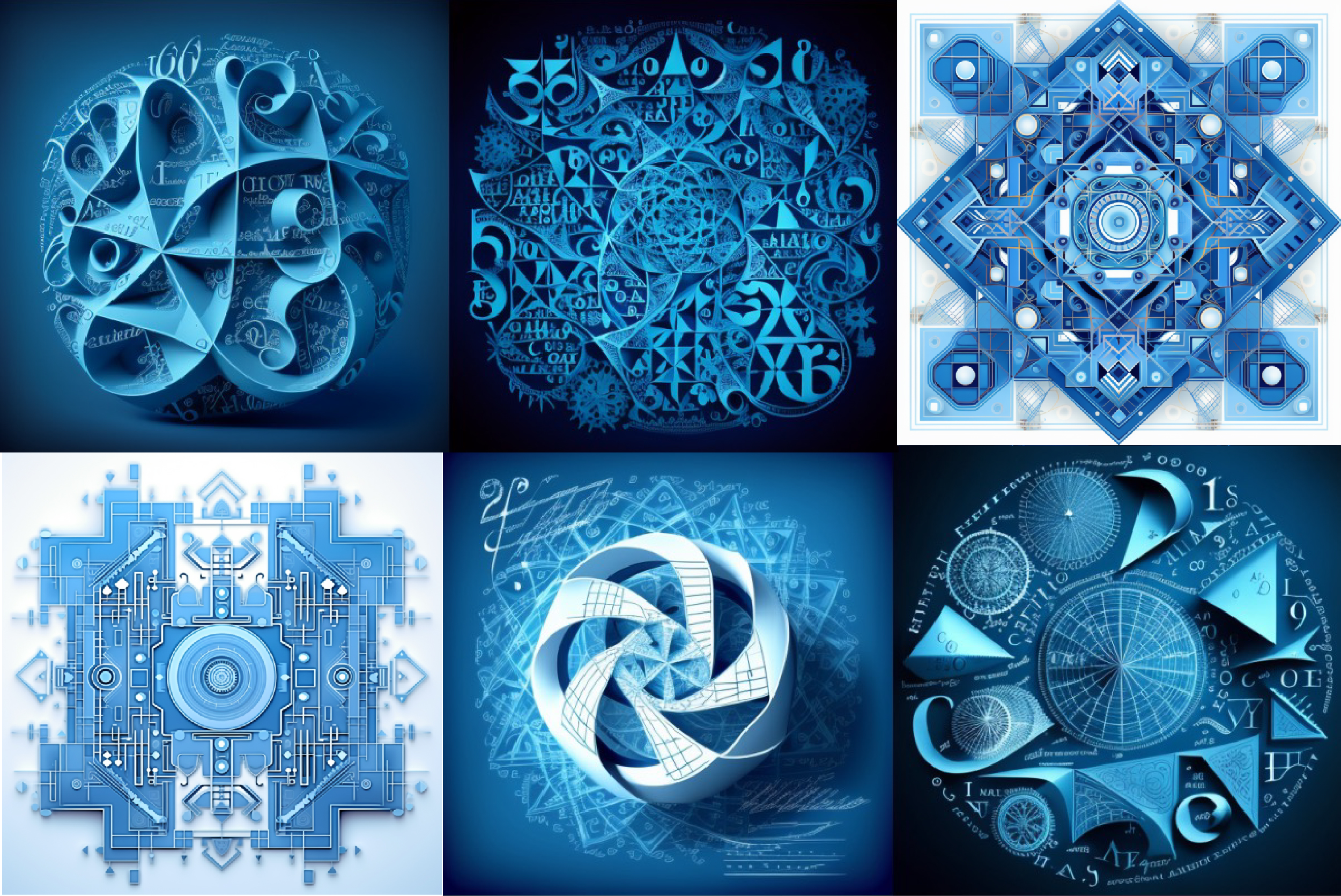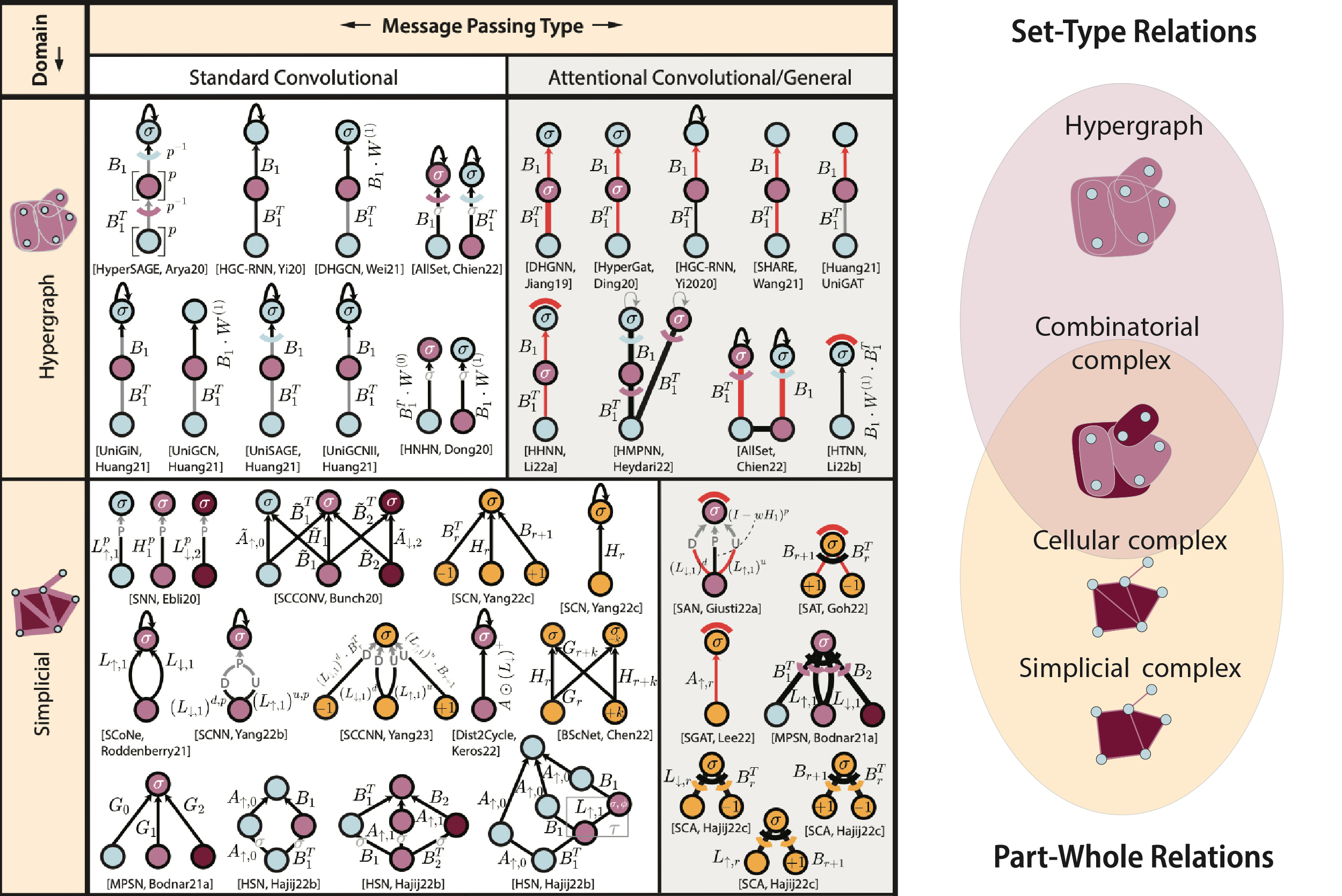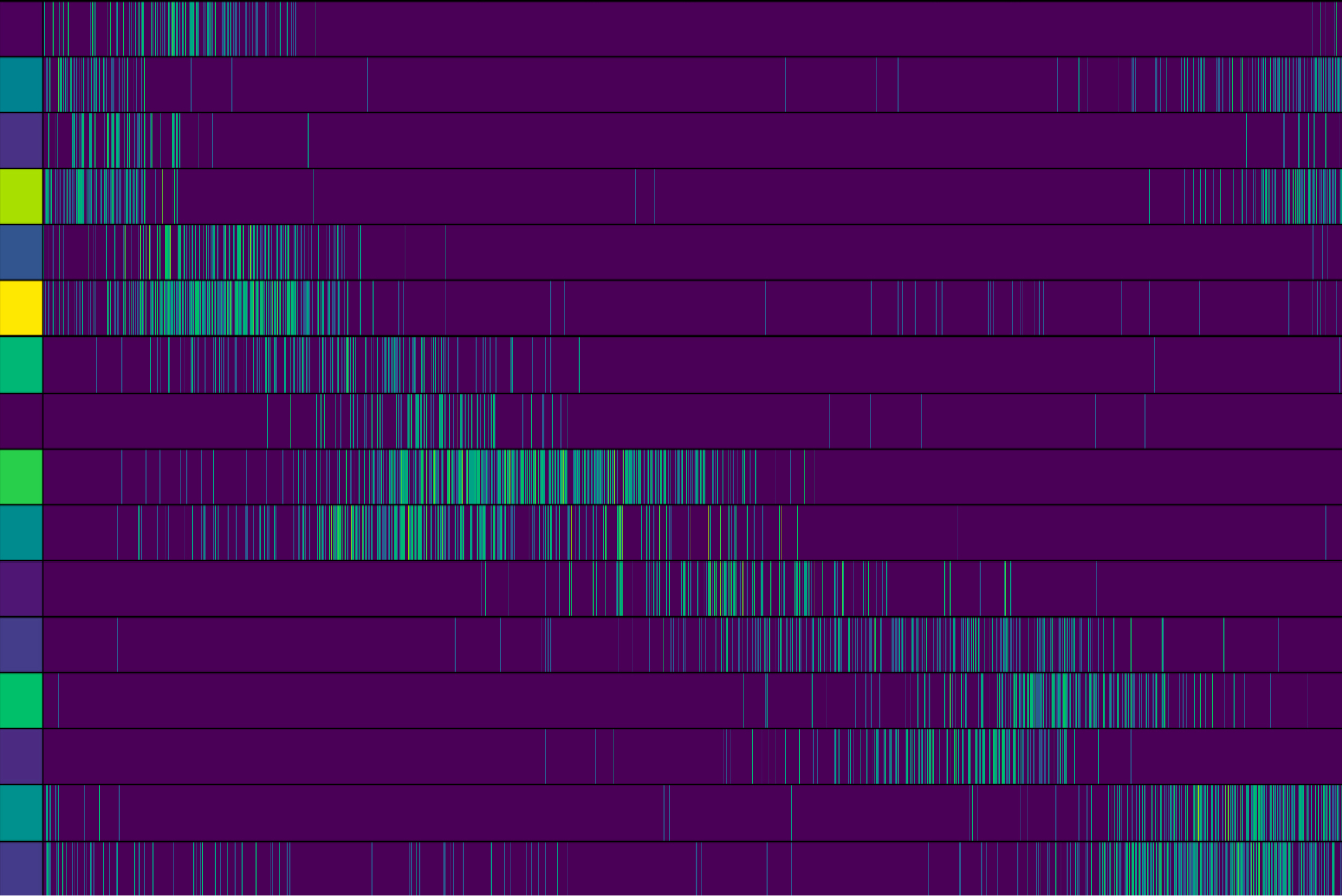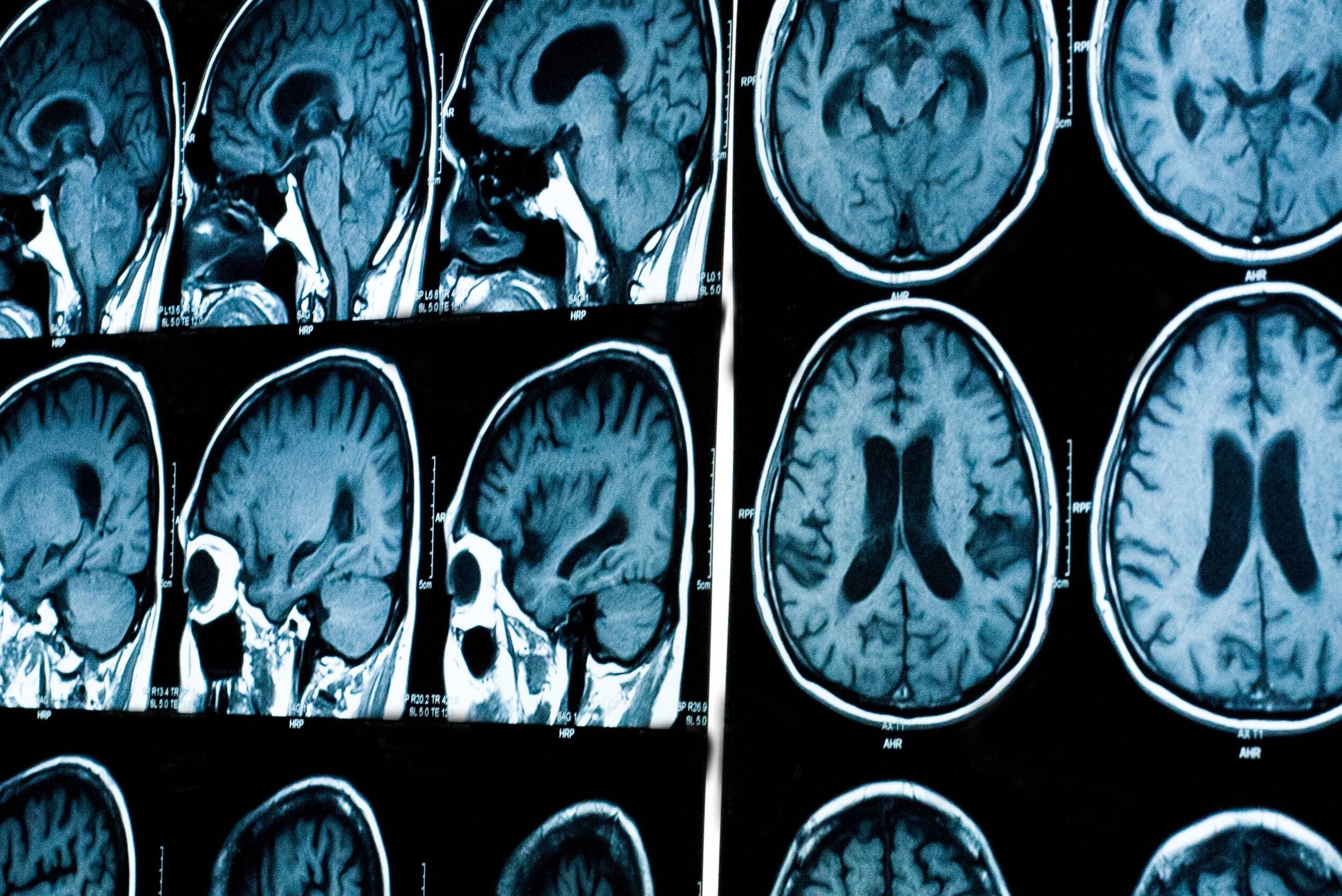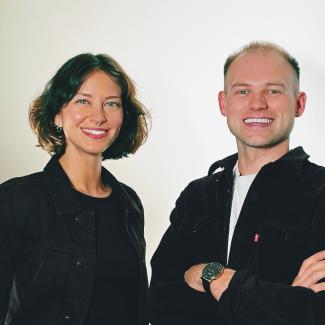We reveal the geometric signatures of natural and artificial intelligence.
We are physicists, neuroscientists, statisticians, mathematicians and computer scientists who develop methods to understand intelligence in human and artificial neural networks.
We use tools from geometry, topology, computer vision, machine learning and deep learning to reveal the structures of intelligence. Our findings inspire us to build next–generation intelligent systems: Geometric AI.
By creating geometric computational representations of human and artificial brains at different scales, we aim to transform theoretical, computational and clinical brain sciences. For the latter, we work with clinicians to advance medical knowledge and AI-assisted medical practice for brain sciences.
Geometric Intelligence Research
Geometry
The concepts of geometry and shapes are very intuitive to the human eye. How can we express and quantify geometries and shapes mathematically and in a computer? Learn more.
Artificial Intelligence
We research foundations of geometric deep learning and topological deep learning and ask: what is the geometry of a deep learning model? Can we build a geometric model of the (artificial) mind? Learn more.
Natural Intelligence
We explore the neural manifold hypothesis which postulates that the activity of (biological) neurons forms low-dimensional geometric subspaces -- the neural manifolds -- that reflect the structure of the outside world. Learn more.
Intelligence-Based Medicine
What are the geometric signatures of neurodegenerative diseases: what does a brain shape tell us about the progression of Alzheimer's disease? Why are women are twice at risk of Alzheimer's compared to men? Learn more.
Latest News
The Geometric Intelligence Lab Receives a 1.2M$ NSF Grant to Build Vision Systems that Exploit the Symmetries of the Visual World
Led by lab members Christian Shewmake and Sophia Sanborn, the Geometric Intelligence Lab (PI: Nina Miolane) receives a 1.2M$ NSF grant to build deep vision models capable of discove
Read MoreThe Geometric Intelligence Lab Receives a 1.2M$ NSF Grant to Build Vision Systems that Exploit the Symmetries of the Visual WorldSophia Sanborn is on the TWIML AI Podcast with Sam Charrington
Sophia Sanborn, postdoctoral fellow in our Lab, is featured in the renowned TWIML AI Podcast with Sam Charrington.
Watch her discuss why deep networks and brains learn similar features here!
Read MoreSophia Sanborn is on the TWIML AI Podcast with Sam Charrington
Our survey of topological neural networks is the most popular arxiv link!
Our literature review "Architectures of Topological Deep Learning: A Survey of Topological Neural Networks" was the most popular Arxiv link on April 22, 2023!
Congratulations to the authors Mathilde Papillon, Sophia Sanborn and Nina Miolane from our lab, as well as to our collaborator Mustafa Hajij.
Read MoreOur survey of topological neural networks is the most popular arxiv link!